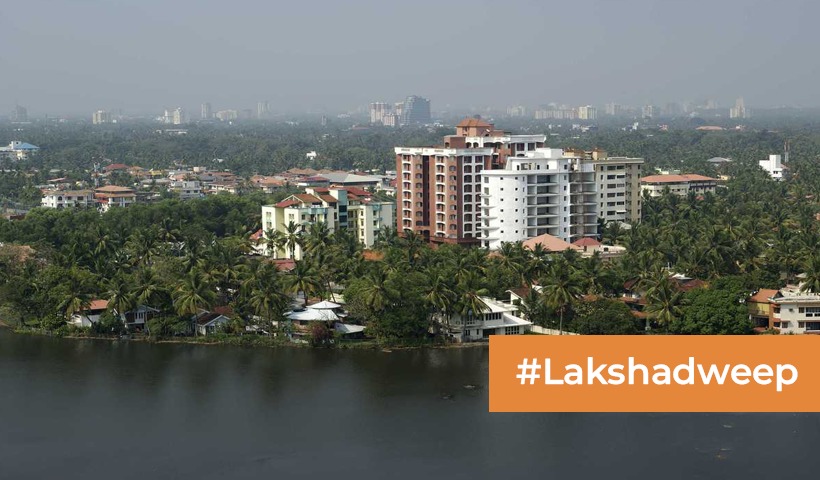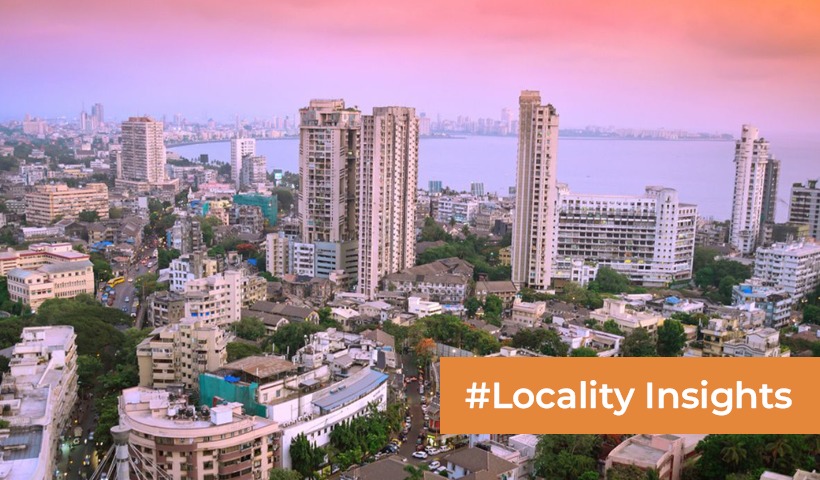Circle rate in Shivaji Park Mumbai
Shivaji Park, nestled in the heart of Mumbai, stands as a witness to the city’s rich history and cultural vibrancy. For those considering property transactions in this iconic locale, understanding the circle rate is pivotal. The circle rate, often a key determinant in real estate dealings, carries specific implications for buyers, sellers, and the overall property market. This article endeavors to unravel the intricacies of the circle rate in Shivaji Park, Mumbai, shedding light on its significance and implications for Indian readers navigating the dynamic real estate landscape.
Demystifying the Circle Rate:
Definition:
The circle rate, also known as the ready reckoner rate or guideline value, is the minimum valuation set by the local government for a particular area or locality. It serves as the benchmark for property transactions and is instrumental in determining stamp duty and registration charges.
Basis of Calculation:
Circle rates are typically determined by local authorities based on various factors, including the property’s location, size, amenities, and overall market conditions. These rates aim to reflect the fair market value of properties in a given area.
Stamp Duty Calculation:
One of the primary applications of the circle rate is in the calculation of stamp duty during property transactions. In India, stamp duty is charged on the higher of the property’s actual transaction value or the circle rate. Therefore, understanding the circle rate becomes crucial for both buyers and sellers to anticipate the financial implications of a transaction.
Circle Rate in Shivaji Park, Mumbai:
Shivaji Park’s Unique Significance:
Shivaji Park, situated in Dadar, holds immense cultural and historical significance for Mumbaikars. It is not only a sprawling recreational ground but also a residential and commercial hub. The circle rate in Shivaji Park plays a crucial role in shaping property transactions in this sought-after locale.
Factors Influencing Circle Rate in Shivaji Park:
- Location: Proximity to the iconic Shivaji Park and connectivity to key areas in Mumbai can influence the circle rate.
- Property Type: The circle rate may vary based on the type of property, such as residential apartments, commercial spaces, or standalone houses.
- Amenities and Infrastructure: The presence of amenities, quality of infrastructure, and overall development in the area contribute to determining the circle rate.
Implications for Buyers:
Stamp Duty Considerations:
Buyers in Shivaji Park must carefully consider the circle rate while assessing stamp duty liabilities. Since stamp duty is calculated based on the higher of the transaction value or circle rate, buyers need to be aware of the potential financial implications.
Negotiation Dynamics:
While the circle rate provides a reference point for property valuation, actual transaction values may differ based on negotiations between buyers and sellers. Buyers should be mindful of prevailing market conditions and leverage this knowledge during negotiations.
Financial Planning:
Understanding the circle rate aids buyers in effective financial planning. By factoring in stamp duty costs based on the circle rate, buyers can ensure they have a realistic estimate of the overall financial commitment associated with the property purchase.
Implications for Sellers:
Pricing Strategy:
For sellers in Shivaji Park, aligning the property’s asking price with the prevailing circle rate can enhance market competitiveness. A well-calibrated pricing strategy, taking into account both market dynamics and the circle rate, can attract potential buyers.
Transaction Transparency:
Sellers should leverage the circle rate to promote transparency in property transactions. Providing buyers with information about the circle rate and its implications demonstrates openness and may contribute to smoother negotiations.
Legal Compliance:
Adhering to the circle rate is not only a market practice but also a legal requirement. Sellers must ensure that the transaction aligns with the circle rate to avoid legal complications and ensure a smooth transfer of ownership.
Navigating Property Transactions in Shivaji Park:
Due Diligence:
Both buyers and sellers should conduct thorough due diligence before engaging in property transactions in Shivaji Park. Understanding the prevailing circle rate, recent trends in property values, and legal aspects ensures a well-informed decision-making process.
Consultation with Professionals:
Engaging with real estate professionals, including property consultants and legal advisors, can provide valuable insights. These professionals can offer guidance on market dynamics, negotiation strategies, and legal requirements related to the circle rate.
Market Trends and Future Projections:
Keeping abreast of market trends and future projections is essential for making informed property decisions. The real estate landscape in Mumbai, including Shivaji Park, is dynamic, and understanding the trajectory of property values can be instrumental for both buyers and sellers.
Recent Developments and Government Initiatives:
Impact on Circle Rates:
Periodically, the government may revise circle rates to reflect changing market conditions. Buyers and sellers should stay informed about any recent developments or revisions in the circle rate in Shivaji Park.
Government Schemes:
Government initiatives and schemes related to real estate, such as affordable housing projects or redevelopment plans, can influence property values and, consequently, circle rates. Awareness of these schemes is beneficial for those involved in property transactions.
As the beating heart of Mumbai, Shivaji Park’s real estate market is a confluence of history, culture, and modernity. The circle rate in this vibrant locale serves as a guiding metric, shaping property transactions and influencing stamp duty calculations. For Indian readers venturing into the realm of real estate in Shivaji Park, understanding the nuances of the circle rate is not just a matter of financial prudence but a key to unlocking the doors of this iconic neighborhood’s real estate potential.




